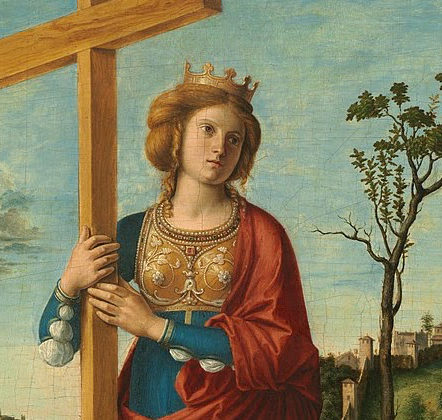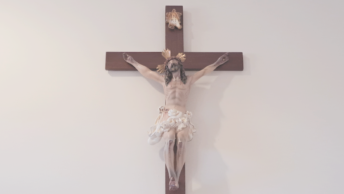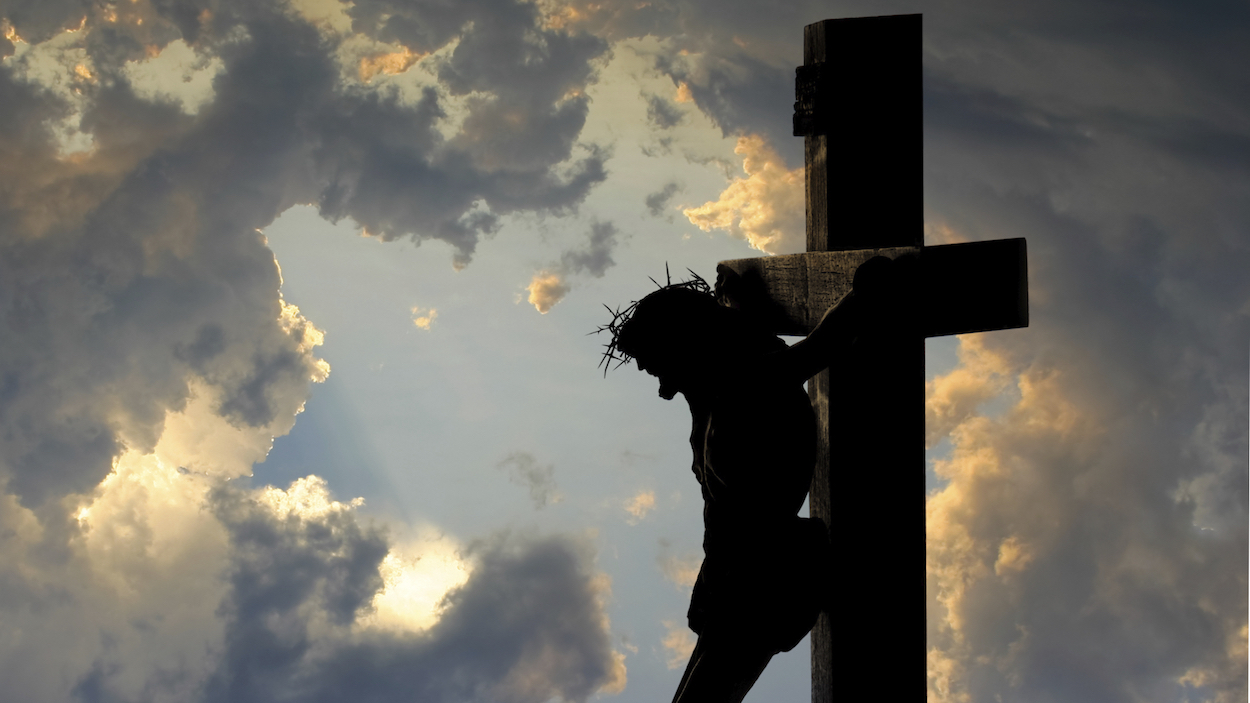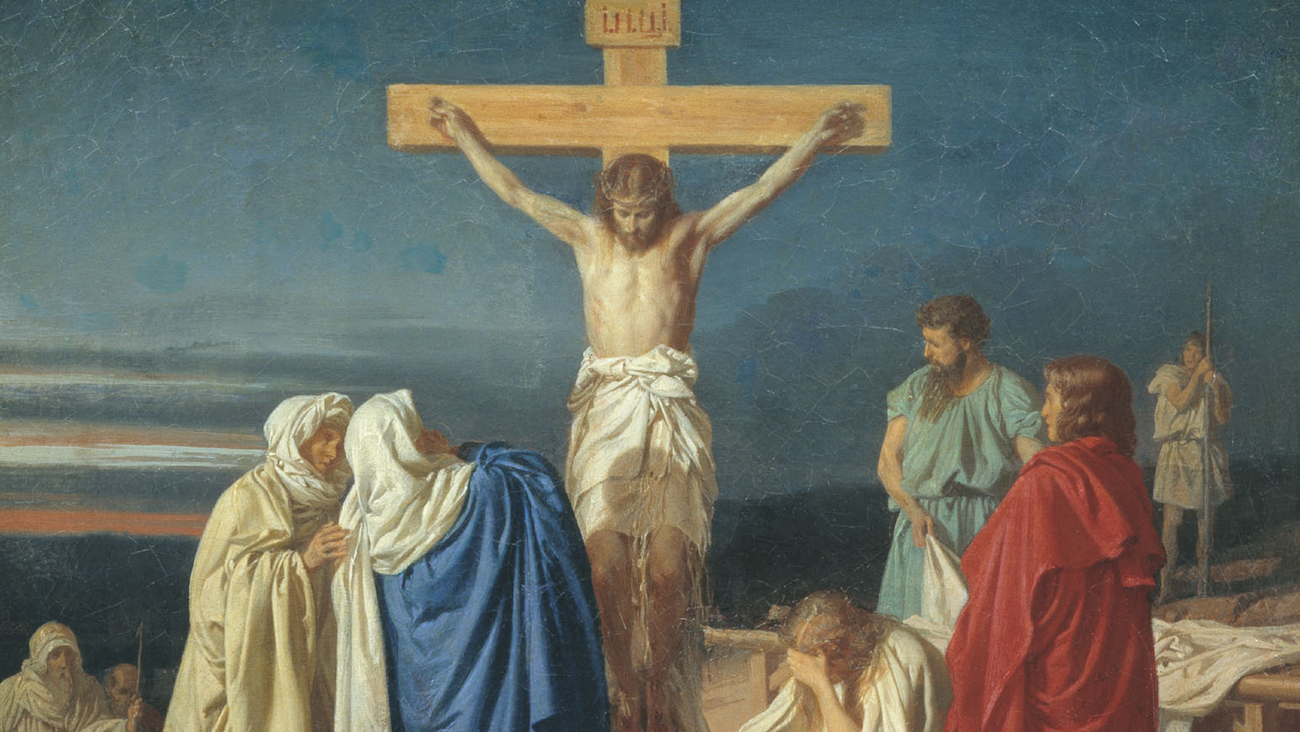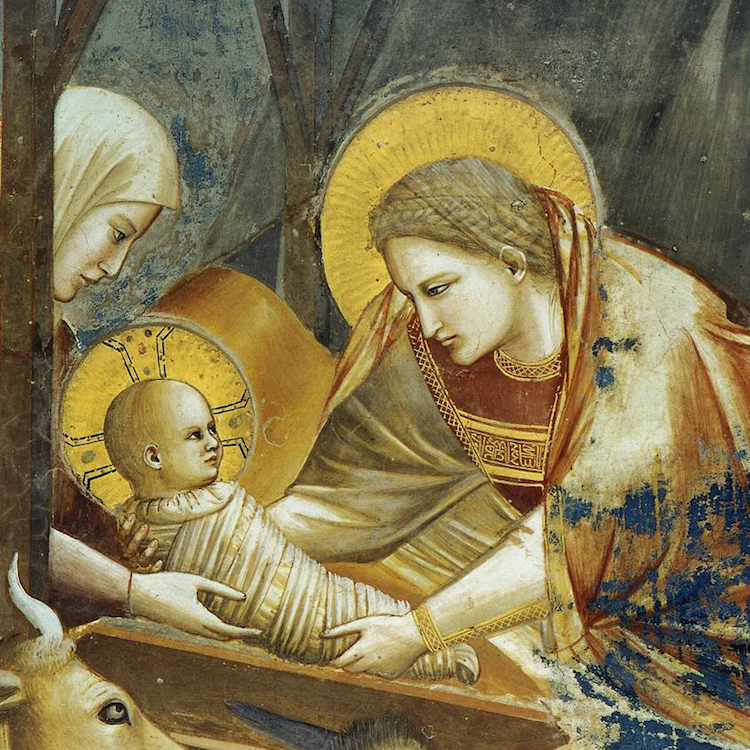I wear the Cross! The late Pat Conroy was the inspiration for my first line. He once said that the best line he ever wrote was I wear the ring, the first line of his Lords of Discipline. If someone would ask any Catholic what was the most important symbol of the faith, I wonder what most people would say. Some good answers might be the Mass, the Virgin Mary, Rosary Beads, Holy Water, Saints or Angels and so on. For me the best answer is The Holy Cross for without which the faith would be reduced to a kind of feel-good spiritualism.
I firmly believe that it is no odd coincidence that I chose to go to the College of the Holy Cross in 1961. I recently told someone that April 17th of that year was for most people the date of the Bay of Pigs invasion in Cuba. For me it was the pivotal point of my life, or what Catholic author Graham Green said in his novel, The Power and the Glory. In what seem like prophetic words now he wrote that there is one moment in everyone’s life when the door opens and lets the future in. My mother, waving my letter of acceptance while standing at the open door of our home, was the door that opened to the rest of my life.
Even though I was a student for just four years, I have been suffering with the school even before my door opened. It was during the annual National Invitation Basketball Tournament in New York City’s Madison Square Garden in March of 1961. I had not been accepted to the school at that point but this would be the first time but certainly not the last time that one of their teams broke my heart. The Cross was down by eight to New England rival Providence College in the semi-finals with a mere 85 seconds left. As the clock ominously ticked away, they fought relentlessly, tipping or diving for loose balls to the extent that they sent the game into overtime. The Holy Cross student body in attendance was in a purple frenzy.
In overtime their spirits were still willing but their flesh was not. They never quit on themselves or their school. The team did their best to fight the good fight, as St. Paul taught, only to fall figuratively to the swords of the Providence team. I was so proud of their efforts and school spirit, my heart nearly burst with desire to be part of this visible manifestation of the Holy Cross and its Crusaders*. To me this was symbolic, in a bloodless manner, of their namesakes who for centuries bled and died, wearing the Holy Cross on their chests, fighting for the return of Holy Land, the birth site of Christianity.
The March tournament reminded me of another team display of the spirit of the Cross that still means so much to me. In a 1962 game, Penn State University scored with seconds left to make the score 48-13. To add insult to injury, their coach showed little class or respect for the Cross and its warriors by electing to go for a two-point conversion. The Crusaders valiantly thwarted their rude effort.
With just 13 seconds left, sophomore running back Jimmy Gravel, one of my classmates, caught the ensuing kickoff on our 13-yard line and ran it up the heart of the defense all the way to the State goal line for 48-20 final score. Gravel’s defiant stroke of pride in and love for Holy Cross showed them what men wearing the Cross were made of. Over 50 years later, I told him face-face that his runback was probably the most exciting moment in my four years at our school. For a few seconds, he seemed deep in thought and then smiled and thanked me for remembering.
Fast forward to Saturday, December 10th of 2022. A deja vu game happened against South Dakoda State University during the FCS play-offs. At the beginning of the final quarter, the eighth-seeded Crusaders were tied 21-21 with the first seed, an overwhelming favorite. Reminiscent of the aforementioned Providence game, they wore us down and were leading 35-21 with less than a minute left. Instead of showing some respect for the valiant fight the Crusaders had given them, they scored a meaningless touchdown that was a classless act and a serious violation of character and sportsmanship. This may be a stretch but I took it as an insult to the shoe black crosses many of our players wore under their eyes.
I know these are just sporting events but these games have a spiritual quality to them. For more than a dozen decades, each time players have stepped on a field or a court with Holy Cross on their uniforms, they represent our Catholic faith. By never quitting, which seems to a deep part of the Holy Cross legacy, they stand tall, win or lose, for virtues larger than mere box scores.
When I wear one of my HC hats, shirts, ring or lapel pins, I am openly expressing my Catholic faith to others. My HC apparel is a visible reminder of who I am and the faith that has gotten me this far. When I wear any of these articles of clothes, I am demonstrating my love of the Cross…the Holy Cross.
I believe it is also more than a coincidence that when my father died in 1989, I interned him at Holy Cross, the new Catholic cemetery in Ellisville, Missouri. He was joined by my mother and my first wife years later. My tombstone already stands next to my wife’s. My second wife wants to be buried there as well since there is a vacant plot on my right. I believe that the Holy Cross that has given so much to my life, should be the site of my final resting place. I think it sends the symbolic message that my whole life and death have been intimately entwined with the Holy Cross of Christ.
According to Bishop Fulton J. Sheen, Jesus Christ was the only Person who came into this world to die. It is difficult for me, not to believe that Jesus had some nascent idea of his destiny with the Cross from His early years on earth. The passion He suffered in the Garden of Gethsemane before His crucifixion seems to be the crystallization of what must have been a long and agonizing evolution.
I still believe that fighting for the faith, whether on the gridiron, a soccer field or baseball diamond is analogous to the spiritual battles we face all the days of our lives. Many eminent Catholic theologians have profoundly commented on the importance of the Holy Cross. Bishop Sheen has also written that there can be no Easter without a Good Friday…no salvation without a Cross.
Others has commented that too many Catholics today want a religion without a savior and a faith without a Cross. They do not understand that Jesus’s death on the Cross was not a solitary event. It has a much deeper meaning and acts as a challenge for all of us. Jesus said that each of us has to pick up and carry our Cross every day. If we had no special spiritual or physical afflictions, we are supposed to become, like St. Simon, and help others carry the Cross of their crosses. It can be caring for a sick spouse for many years as my good friend did, or as simple as just listening to an aggrieved widower tell stories about his college and army days while in line at the food market.
Many years ago, while doing a radio program on WGNU in St. Louis, I had a regular caller, named Jim from Ferguson or sometimes Gun boy. (I have written a longer version of this story on these pages before.) He said he was a confirmed atheist, who once told me off-air that he thought abortion was a noble act. These positions caused many heated discussions in the early years. But gradually I started to understand him a bit better. During a memorable on-air call, he said just in passing that he had helped his elderly mother with the dishes and some of the housework. After he finished, I said: Jim I hate to burst your bubble but what you did is the work of sainthood. After a dramatic pause, he answered: Thank you for seeing some good in me. I still pray for Jim my atheist as I call him.
Many commentators underscore the belief that the Holy Cross is a sign of contradiction. It is made of two intersecting lines that go in directions where they will never cross again. In Catholic theology this term is described as someone who is manifesting a spirit of holiness and is subjected to extreme opposition. Saint John Paul II wrote that a sign of contradiction might be a distinctive definition of Christ and His Church.
Edith Stein, the Discalced Carmelite nun was a philosopher who became a canonized saint. She saw the Cross and its attendant mortification as signs of contradiction. She believed that the followers of the Antichrist show it more dishonor than the Persians who stole it. They desecrate the images of the Cross and they do everything they can to tear the cross out of the hearts of Christians. Kill belief in the Holy Cross and they can take the spirit out of the Catholic faith. All too often they have succeeded even with those of us… once vowed to bear Christ’s cross for Him.
Saint Teressa Benedicta of the Cross, as Edith Stein is also known, raised a question for all Catholics then and now: will you remain faithful to the Crucified Christ? To underline what the earthly cost could be, she pointed out in 1939 that the world was in flames, the battle between Christ and the Antichrist has broken into the open. If you decide for Christ, it could cost you your life. Her prophesy was self-fulfilling as she perished in Auschwitz in 1942.
A vivid reminder of these words was the 17th-century Jesuit missionaries in Japan as portrayed in Martin Scorsese’s 2016 rendition of Shusaku Endo’s novel Silence. The book and the film focused on the regime of the Shogun Toyotomi Hideyoshi, who feared the growing power of the thousands of Christian converts in Japan. He began a series of pogroms that began in 1597 and lasted well into the 19th century. Under the threat of painful martyrdom, the Christians and some of these missionaries were forced trampled Fumi-e or bronze images of Jesus on the Holy Cross or the Blessed Mother into the mud. Many refused and were summarily tortured and martyred.
These are definitely words to the wise as the attacks on Christians in this country have been more overt and even violent the last few years. There have been countless deliberate acts of vandalism and even terror, such as the burning and desecrating of many Catholic Churches and statues, not to mention the devastation, wreaked on several Pregnancy Resource Centers around the country. Unsurprisingly, these attacks have drawn nary a word of mention from the mainstream media. Much of this has been attributed to the Church’s role in fighting abortion and support for the recent Dobbs decision that overturned Roe v. Wade.
But the greater threats to the Cross have been more subtle as our pagan culture lulls vulnerable and diffident Catholics into a positivist attitude that has divorced civil law from the moral law. Anti-Christian content is visible virtually every night on the TV. One cannot read a best-seller or attend a movie without exposure to the secular ways of of the world. Faithful should expect regularly submerged attacks on the Church and its believers. When one’s guard is down or non-existent one can easily be tempted to deviate from the true moral path. Catholics need to increase their awareness of such devious tactics.
The Left never has to worry about any subtle or direct undermining of their viewpoints. In a recent Wall Street Journal, one of its editors, Barton Swaim called the Democratic Party, the educated party. In a profound essay, entitledWhy the ‘Smart Party’ Never Learns, Swaim points out, liberals are so sanctimonious about their gifted intellects that they have absolutely no interest in exploring the other side of any debate. In effect, they cavalierly dismiss the dictum that an educated person exposes his ideas and beliefs to the test of reason and faith.
Conservatives, on the other hand, cannot help know and understand what the Woke side is in any important debate because its proponents control most of the mainstream media, as well as the universities and the entertainment industry. One cannot even watch a pro football game without being hit over the head with the Left’s message. Catholics would have to move to a deserted island to protect their minds from the Left’s propaganda.
None of this fazes me one bit. Theirs is a losing battle. The Holy Cross is too powerful a weapon of the Faith. I wear my gold crucifix close to my heart almost every day. I constantly touch it to make sure God is still with me. The Holy Cross should energize everything we do as Catholics. For many years, the late Father John Brooks, then the president of the College of the Holy Cross came to visit our St. Louis alumni. His talk was punctuated with several references to Holy Cross. His voice still chills me at the thought of it. He said Holy Cross with such pronounced fervor and vigor that I know that neither, the world and the flesh, nor the devil have a chance in Hell against the Holy Cross.
*The historical Crusades were a series of Holy Wars from 1095-1295, designed to retake Holy Land from the Muslims. Today, the Crusades have been subjected to serious and distorted revisionism that has clouded their true historical significance. I have always thought of them as a reaction to Islamic Imperialism that penetrated Christian Europe as far as Paris in the 8th century. As a result, the fallacy of Historicism, which judges the past by the cultural attitudes of the present, the Crusades have been given a negative place in world history. The few colleges that have used the Crusaders and their Cross as a mascot or symbol of their schools have been pressured to be more politically correct and replace the Crusader with something less meaningful, such as the innocuous-sounding ‘Knights’. (This includes my school.)

